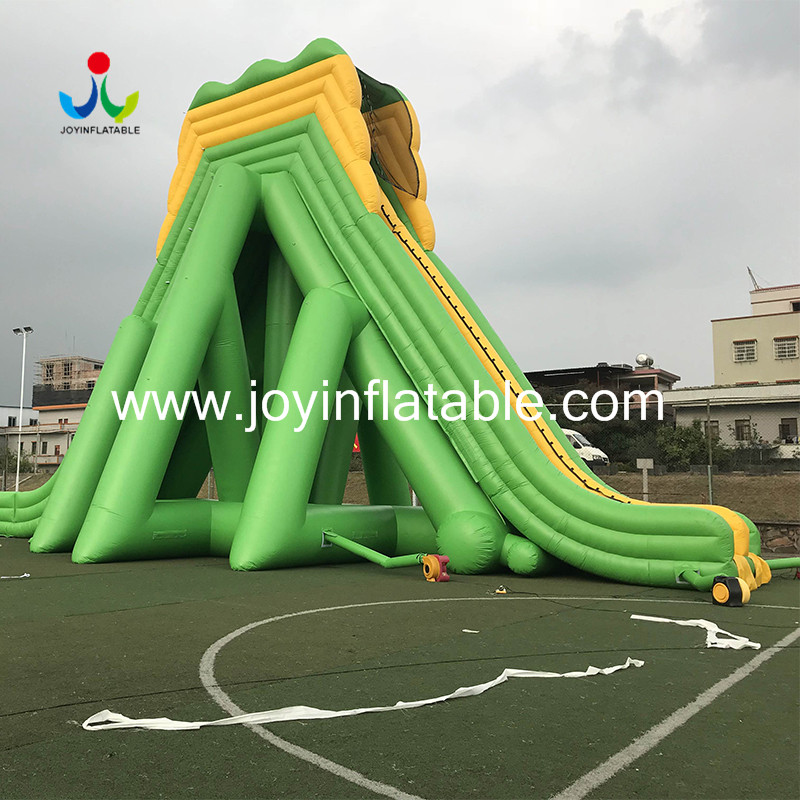

Since the disaster, contaminated cooling water has constantly escaped from the damaged primary containment vessels into the reactor building basements, where it mixes with groundwater that seeps in. Plant chief Akira Ono says the inability to see what's happening inside the reactors means that details about the melted fuel are still largely unknown. Remote-controlled robots with cameras have provided only a limited view of the melted fuel in areas still too dangerous for humans to go. The melted cores in Units 1, 2 and 3 mostly fell to the bottom of their primary containment vessels, some penetrating and mixing with the concrete foundation, making removal extremely difficult. If the plant's pools lose their cooling water in another major quake, exposed fuel rods could quickly overheat and cause an even worse meltdown. Separate efforts to remove spent fuel from cooling pools inside the reactor buildings were hampered by high radiation and debris and have been delayed for up to five years. The plant's operator, Tokyo Electric Power Co., says the tsunami couldn't have been anticipated, but reports from government and independent investigations and recent court decisions described the disaster at the plant as human-made and a result of safety negligence, lax oversight by regulators and collusion.Ībout 900 tons of melted nuclear fuel remain inside the three damaged reactors, and its removal is a daunting task that officials say will take 30-40 years.
#Nuclear reactor meltdown japan melting Offline
The plant's three other reactors were offline and survived, though a fourth building, along with two of the three melted reactors, had hydrogen explosions, spewing massive radiation and causing long-term contamination in the area. Journalists from The Associated Press recently visited the plant to document progress in its cleanup on the 10th anniversary of the meltdowns and the challenges that lie ahead.Īfter a magnitude 9.0 earthquake on March 11, 2011, a tsunami 17 metres (56 feet) high slammed into the coastal plant, destroying its power supply and cooling systems and causing meltdowns at reactors No.

Officials don't know exactly how long the cleanup will take, whether it will be successful and what might become of the land where the plant sits. Radiation levels have declined, allowing workers and visitors to wear regular clothes and surgical masks in most areas.īut deep inside the plant, danger still lurks. Proper equipment has now replaced ragged plastic hoses held together with tape and an outdoor power switchboard infested by rats, which caused blackouts. Emergency workers risked their lives trying to keep one of history's worst nuclear crises from spiraling out of control.

Three of its reactors melted down, leaving it looking like a bombed-out factory. A decade ago, a massive tsunami crashed into the Fukushima Daiichi nuclear power plant.


 0 kommentar(er)
0 kommentar(er)
